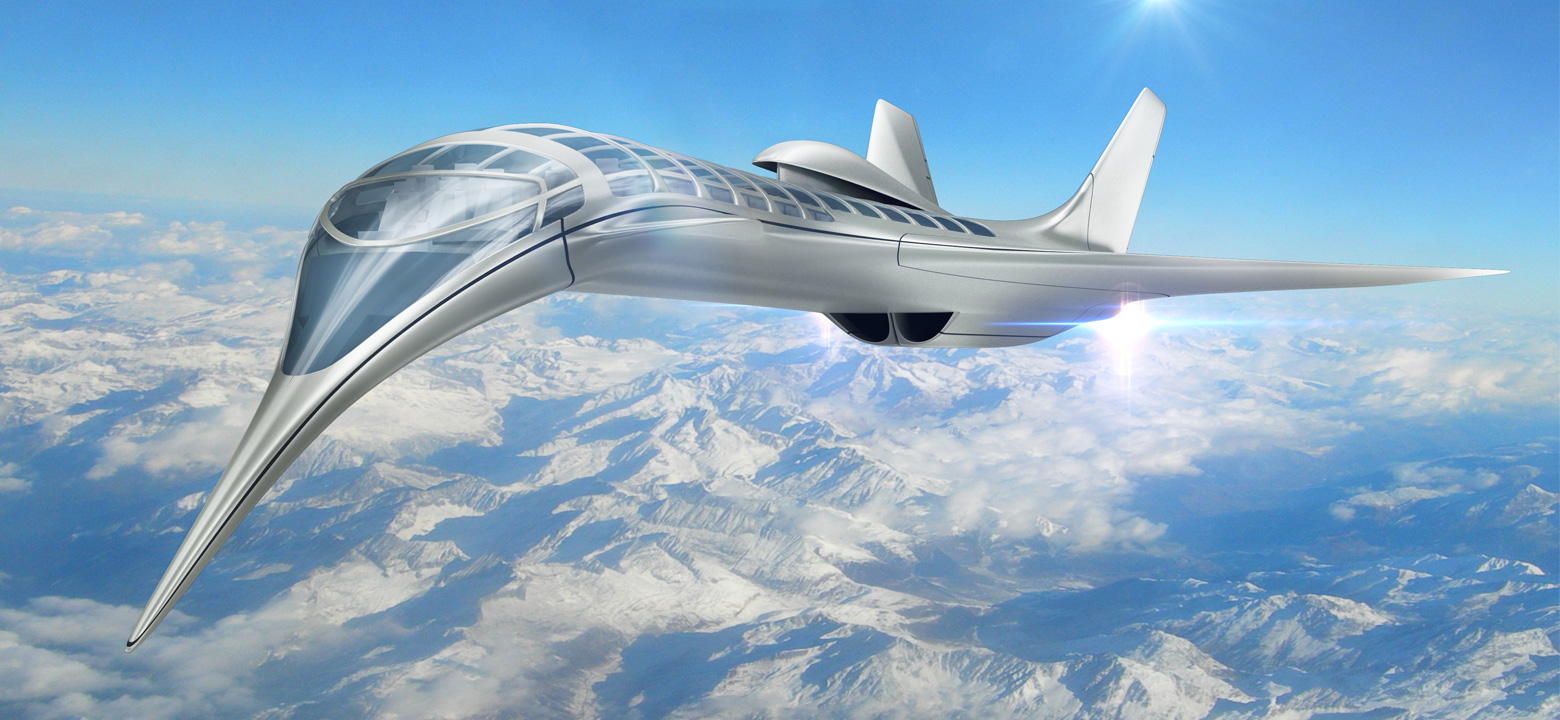
Until the early 2000s, supersonic travel enjoyed a rich and storied history. Tracing its development to the late 1950s, the first supersonic flight got off the ground in 1976. After that, this mode of air travel took the transportation industry by veritable storm.
However, the captivation with supersonic travel came abruptly to an end shortly after the turn of the 21st century. While many dismissed the idea of it ever coming back, recent developments indicate that supersonic transport could soon become a staple in international travel.
Supersonic flights officially came to an end in 2003. The cessation of this form of air travel was owed significantly to the fatal crash of the Concorde Air France flight 4590 on July 25, 2000.
On that day, the Concorde flight took off from Charles De Gaulle airport as scheduled. However, shortly after takeoff, its left wing ignited, causing the plane to crash, killing 113 people.
The cause of the crash initially was attributed to a piece of a metal left on the runway by a McDonnell Douglas DC-10. The piece of metal pierced the fuel tank, causing fuel to ignite and the plane to crash shortly afterward.
However, more recent evidence suggests that the crash actually resulted from a perfect storm of unfortunate circumstances, the piece of metal on the runway notwithstanding. One theorist says that the doomed Concorde Air France flight was manned by a pilot who overloaded the plane with fuel and baggage. Likewise, an unqualified crew member was sitting in the plane’s right seat.
More evidence also suggests as well that the center of gravity for the vessel exceeded the rear limits. At the same time, the runway at Charles De Gaulle airport was under repair at the time of takeoff. Further, the captain pulled the plane off the ground before it had reached flying speed.
While this fatal Concorde accident contributed significantly to the end of supersonic transport, its ending can also be linked to the prohibitive costs of this mode of flying. At the time, supersonic travel required a substantial amount of taxpayer money to operate. Politicians in the U.K. and France finally admitted that supersonic flights were too expensive to continue.
Supersonic travel is making a comeback because of private investing and better technology. In fact, engineers have found a way to improve this form of transport by using alternative fuels. Future flights will have a smaller carbon footprint than current commercial airliners.
Further, technological breakthroughs have created ways for supersonic jets to take off and land more quietly than they did in the past. The eco-friendly design of supersonic vessels combined with the fact that they may not need taxpayer money to operate could help supersonic travel become a staple of the future transportation industry.
Several companies are leading the way in bringing back supersonic transport. Among them, Boom Supersonic, headquartered in Denver, Colorado, recently closed on a $100 million M-series B investment to development what is being called a Mach 2.2 commercial airliner. The airliner is set to be named Overture.
Work is also being done on an XB-1 airliner, which is described as a prototype that is one-third the size of a standard supersonic plane. This prototype is being developed in Centennial, Colorado. It should be test flown for the first time sometime in 2019.
Funding for supersonic travel also comes from $56 million in investments as well as $44 million in investments that have recently been announced. All of this funding was raised in part through the efforts of Emerson Collective. This financing comes from companies like Y Combinator Continuity, Caffeinated Capital, SV Angel, and individual private investors.
Another innovative development is the creation of a hyperloop transport system. A hyperloop is a train-like shuttle pod that is designed to travel on magnetic rails. It will travel through a vacuum tunnel, reducing air resistance, which could make it operate faster than the speed of sound.
This transport system is being designed and created in the United Arab Emirates. Once finished, it will connect 10 kilometers out of 150 kilometers and link Abu Dhabi to Dubai. This system is set to be finished and tested sometime in 2020.
Supersonic travel was once a staple in the modern transportation industry. Concorde flights sped across the ocean faster than other commercial airliners. These flights were the culmination of technology that predated the presidency of John F. Kennedy.
Their abrupt end in the early 2000s caused many to believe that these flights would never make a comeback in the modern travel era. However, thanks to companies like Boom Supersonic, supersonic travel could soon be resurrected. The most recent inventions could be tested as soon as early to mid-2019.